Wakeboarding is an exciting water sport that involves riding a short board while being towed behind a motorboat. It allows you to jump, flip, and carve through the water. But Can You Wakeboard on a Pontoon?
What is Wakeboarding?
Wakeboarding is an extreme sport performed on water. The rider is fastened to a board and towed behind a motorboat at speeds of around 50 km per hour. It’s almost like riding an endless wave and it is suitable for a wide range of people in terms of age.
Wakeboarding typically requires a specialized wakeboard boat that can generate a large wake for the rider to jump off of. These boats have a v-shaped hull that displaces a lot of water and creates substantial turbulence.
Wakeboarding on a Pontoon
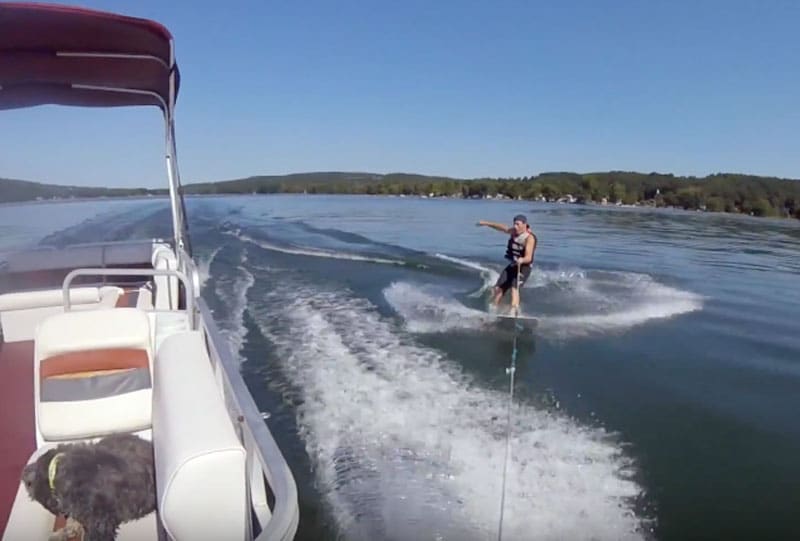
While a pontoon boat may not be ideal for advanced wakeboarding, you certainly can wakeboard behind one, especially as a beginner.
Pontoon boats have a unique hull design that allows them to plane on top of the water rather than plowing through it. This results in very little wake, which is great for cruising but not for wakeboarding.
However, with some adjustments, you can increase the size of a pontoon’s wake to make wakeboarding possible:
- Use a Strong Engine: A pontoon with a 40hp just won’t have the power it takes to get you up and out of the water. A pontoon with a 70hp to 90hp engine will give you the ability to do some basic water skiing, tubing or wakeboarding. But you will want to keep the weight onboard light to prevent things from getting sluggish.
- Load the Stern: By shifting weight toward the stern, you can increase the wake size of a pontoon boat. Get passengers to sit in the rear seats to sink the back of the boat deeper in the water. This will create more turbulence.
- Go Faster: Increasing your speed will also enlarge your wake. Go as fast as you safely can, around 15-20 mph. Make sure to have an experienced driver and spotter.
- Shorter Tow Rope: Using a shorter ski rope, around 40-50 feet, can help give you more leverage to get out of the water. But start with a longer 70-80 foot rope to learn.
- Wakeboard Design: Use a beginner wakeboard with continuous rocker, which will make it easier to get planing. Avoid advanced wakeboards since they are meant for big air.
Tips for Wakeboarding on a Pontoon
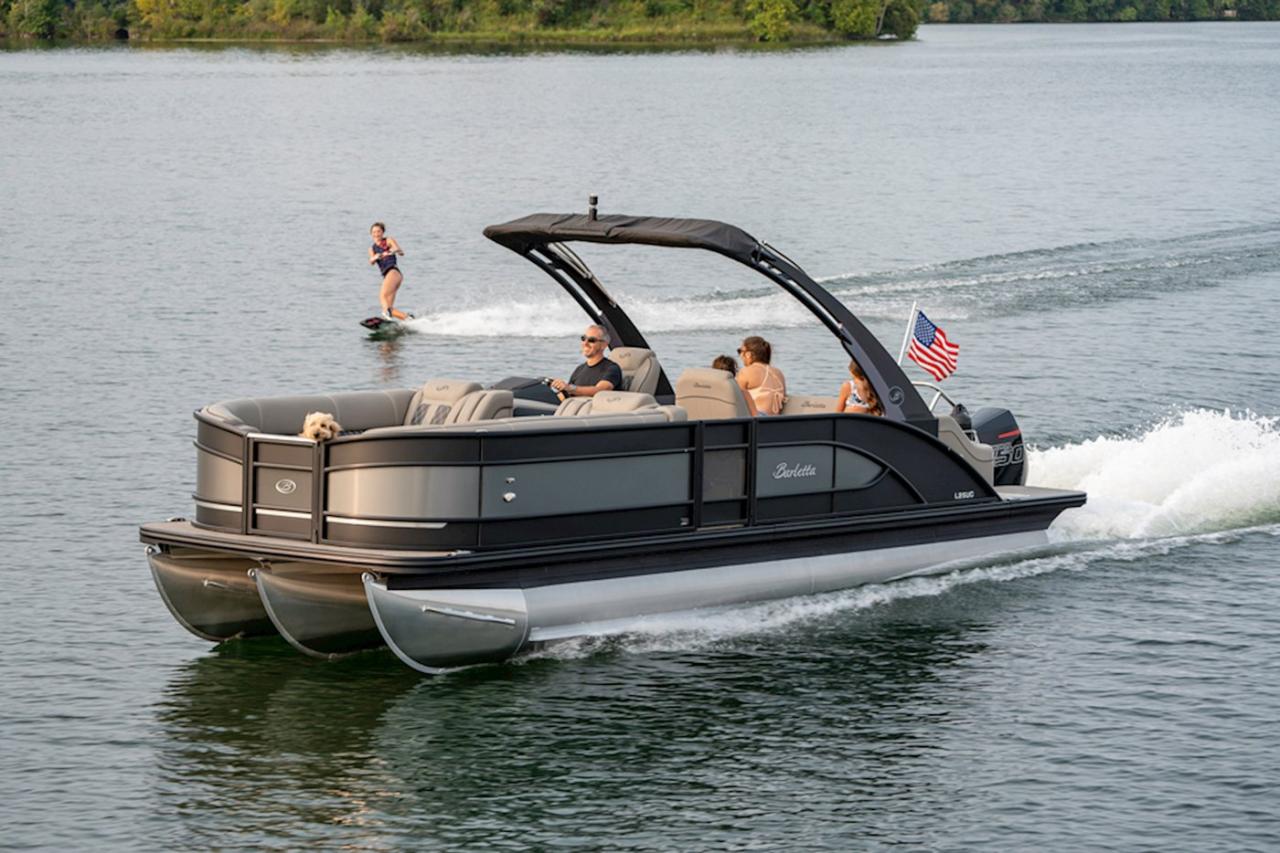
Wakeboarding behind a pontoon boat takes some getting used to but can be a blast. Here are some tips:
- Communicate with hand signals between rider, spotter and driver. Thumbs up to go faster, thumbs down to slow down.
- The driver should begin accelerating gradually. Start at slower speeds around 12 mph.
- Use a spotter to watch the rider and signal the driver. The driver should watch ahead.
- Make wide, gentle turns to keep the line tight. Sharp turns can pull the rope and jerk the rider.
- If the rider loses control, slow down immediately. Don’t speed up after jumps until the rider lands safely.
- Learn to ride, turn and cross the wake before attempting any jumps. Start small.
- Add weight to the rear to increase wake size for more advanced riders.
- Consider a tower to hold the wakeboard rope higher for better leverage.
The Verdict: Yes You Can!
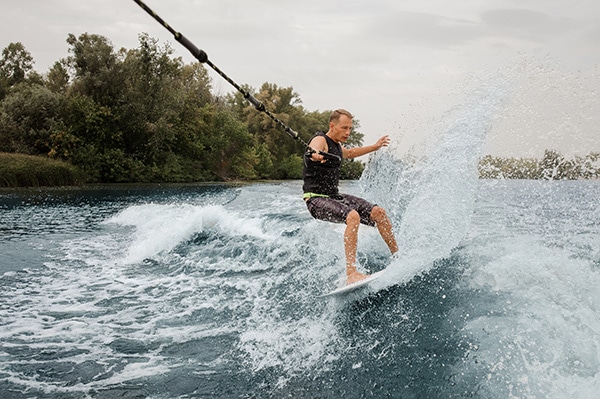
As an avid wakeboard traveler, I can tell you that a pontoon wakeboarding experience, while not ideal, can be incredibly rewarding. The feeling of gliding across that modest wake for the first time on your introductory ride is exhilarating. The wind in your hair, the spray in your face, the adrenaline pumping through your veins – it’s a feeling like no other. Sure, the jumps may not be big and the tricks simple, but that first taste of wakeboarding on a pontoon is unforgettable. It sparks a passion deep within your soul that will have you chasing bigger boats and better wakes before you know it. But you’ll always remember fondly those early days of innocence, learning the sport you love behind that humble pontoon. The specialty boats and pro tricks come later. For now, just feel the freedom of flying on the water. Wakeboarding a pontoon is the perfect way to start your journey.
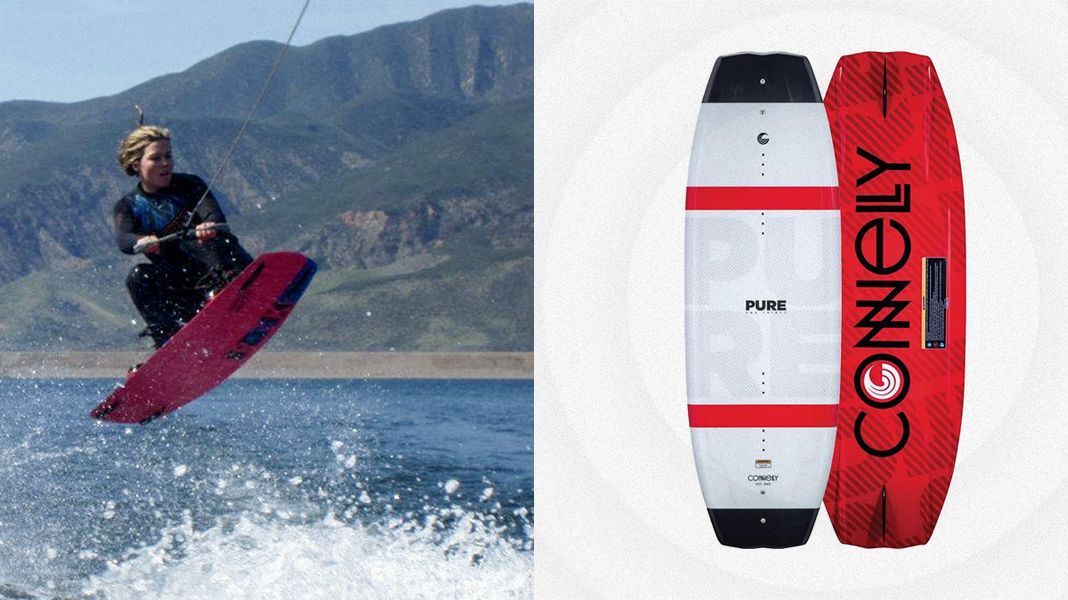
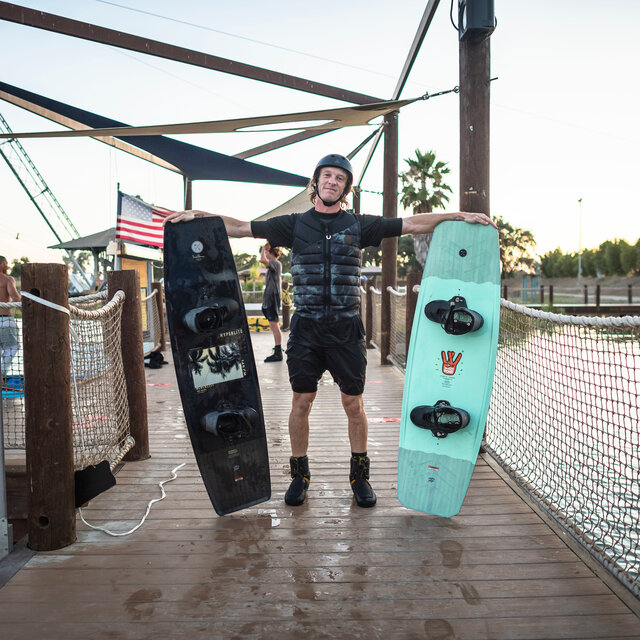
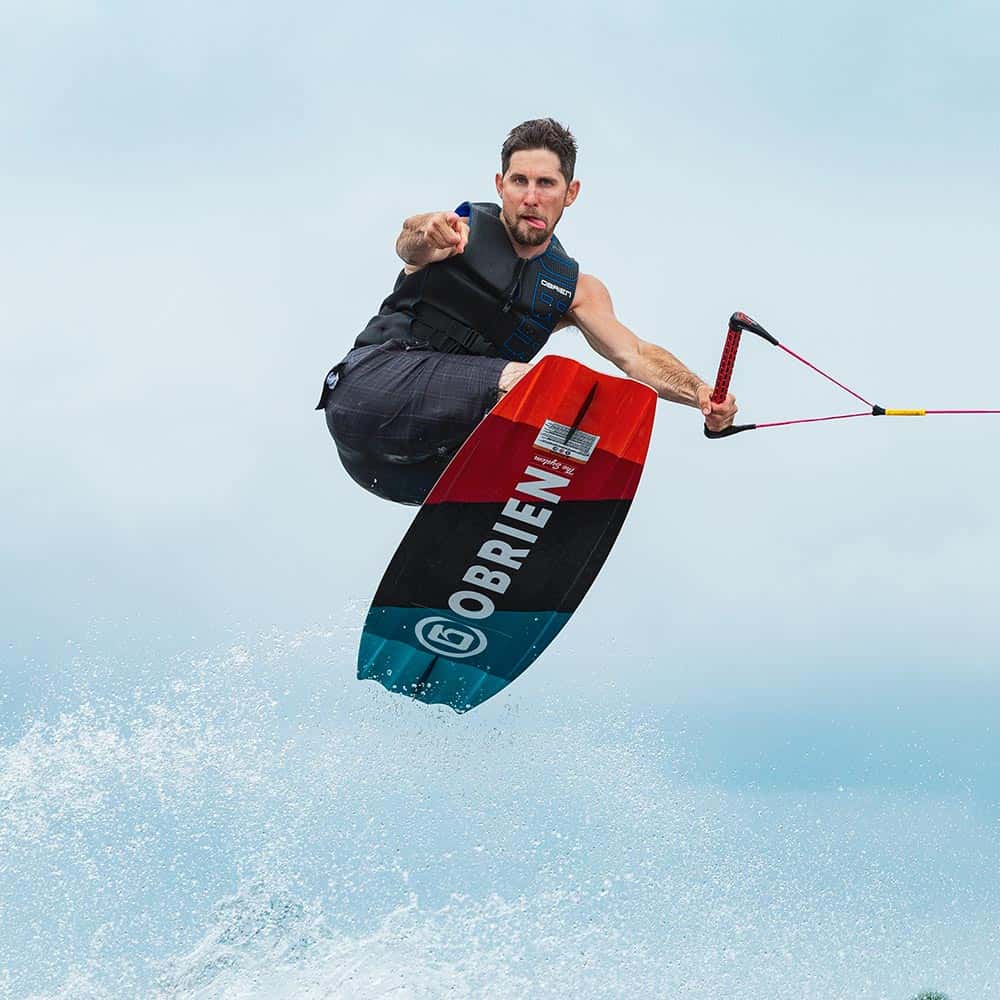
Leave a Reply